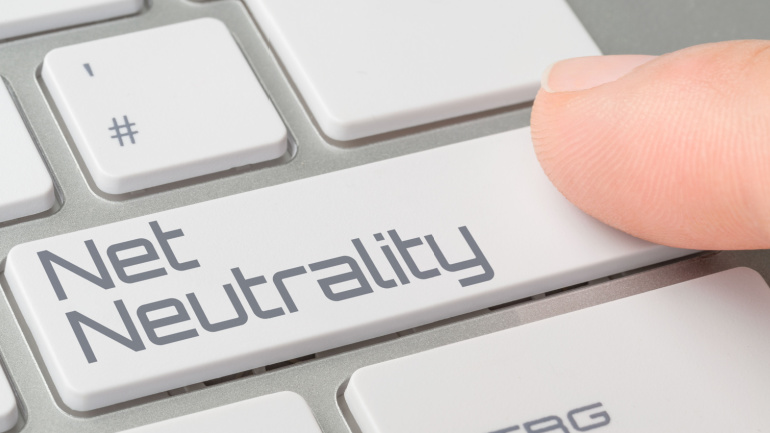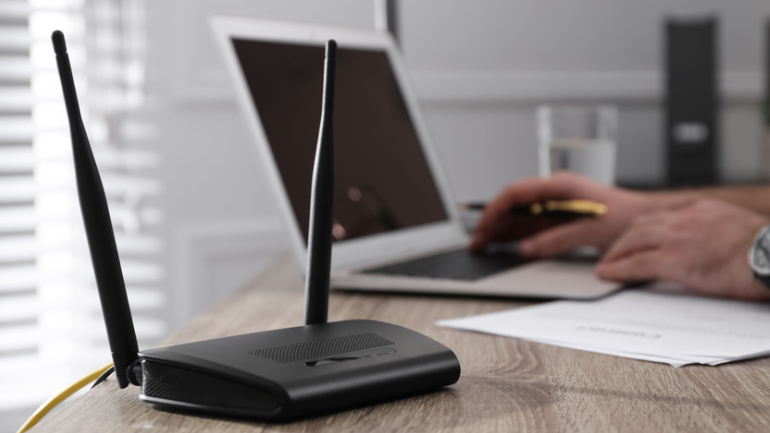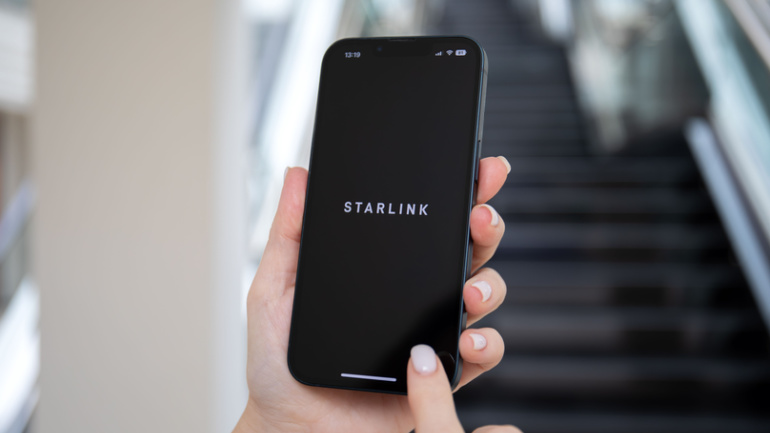The FCC has set the wheels in motion to reinstate open internet protections, sparking dynamic public conversations around net neutrality. They aim to frame both fixed and mobile broadband as imperative telecommunication services by the Communications Act. This move could effectively address the recurring issue of broadband outages impacting significant sectors like jobs, education, healthcare, safety, and more. However, the proposal doesn’t stop there, it also plans to ensure stringent nationwide open internet regulations to prevent ISPs from manipulating content accessibility based on payment.
CityFibre’s new, True Gig provides a 1.2 Gbps wholesale service, aiming to clear the haze in UK telecommunications advertising and help ISPs deliver gigabit broadband services to their customers. This offering not only circumvents stringent advertising regulations but also supports CityFibre’s vision of an honest high-speed fibre network. The question posed is, will this clear the muddy waters of broadband advertising while promoting a fibre revolution in the UK?
Navigating an increasingly challenging market, Nokia is bracing for reductions in staff numbers bolstered by a severe 15% year-on-year sales decline. Despite facing these obstacles, including a slowed pace of 5G deployment in India and underperforming Network Infrastructure division, Nokia’s Cloud and Network Services remain resilient. Amidst downsizing, CEO Pekka Lundmark forecasts a more optimistic fourth quarter, exemplifying the struggle between current hardships and future potential.
The looming merger of Vodafone and Three in the UK sparks heated debate. Anticipated job creation sits around 12,000, yet union estimates portend a job cut of around 1,000 to 1,600. Amidst global job-shedding by Vodafone and Three’s concerning job loss record, an £11 billion pledge to enhance network coverage brings a glimmer of hope. However, hazy figures on staffing levels and possible challenges accessing skilled labor add to the uncertainty.
Dish’s recent announcement differentiates them as the first operator to amalgamate both 2 uplink and 4 downlink 5G carriers, reaching compelling speeds with such configuration. Despite skepticism around Open RAN’s performance, Dish continues to silence critics and signifies an exciting possibility for future network builds.
Despite a minor dip in its median download speed, T-Mobile continues to reign in mobile performance. However, Verizon and AT&T are gradually closing the gap, as reflected in Ookla’s recent market report. Nonetheless, T-Mobile remains dominant, not only in download speed but across most network parameters. The race is particularly close in 5G latency and consistency, where all three telecom giants exhibit competitive performance. Stay tuned as these corporate titans strive to have the final say in technological supremacy.
DISH Wireless, in partnership with Samsung and Qualcomm, has achieved groundbreaking 5G carrier aggregation milestones. Notably, peak uplink speeds of 200 Mbps and 1.3 Gbps downlink speeds were realized with minimal spectrum usage, marking a significant advance in 5G capabilities. Boost Mobile subscribers can anticipate faster download and upload speeds.
Telecommunication giant BT, in collaboration with Nokia and MediaTek, is exploring the potential of 5G Reduced Capability (RedCap) for Internet of Things (IoT) applications. Recently conducted trials at BT’s research centre aimed at uncovering new use-cases for this technology, which, simplified and less complex than 4G, promises a more efficient IoT ecosystem. As suggested by BT’s Chief Networks Officer, Greg McCall, the RedCap technology could “unlock a new wave of innovation” within the 5G landscape.
NAVIGATE, part of the UK’s ONE competition, involves renowned telecom providers NEC and Freshwave, working to create a neutral host small cell solution for areas with high signal demand. This project, backed by a substantial £7.42 million funding, aligns with the UK Government’s goal of diversifying the 5G supply chain and nurturing Open RAN spaces. NEC and Freshwave will develop an energy efficient, financially viable solution based on NEC’s Open vRAN software that could significantly boost the multi-operator neutral host network. As the UK joins forces with Australia, Canada, Japan, and the US in the Global Coalition on Telecommunications, this project may herald an inventive, cooperative future for the telecoms industry.
Intriguingly, SpaceX’s Starlink offers an innovative Direct to Cell feature allowing existing LTE phones to function even in remote locations – a potential boon for those often out of terrestrial coverage. With a rollout plan targeting texts by 2024, and full voice, data, and IoT compatibility by 2025, Starlink seems poised for a breakthrough. While the proposition seems formidable, concerns around possible limitations of Starlink’s proprietary technology remind us advantages of relying on industry best practices. Without disclosed pricing details, we can only anticipate how this venture will fare against other satellite connectivity contenders.













